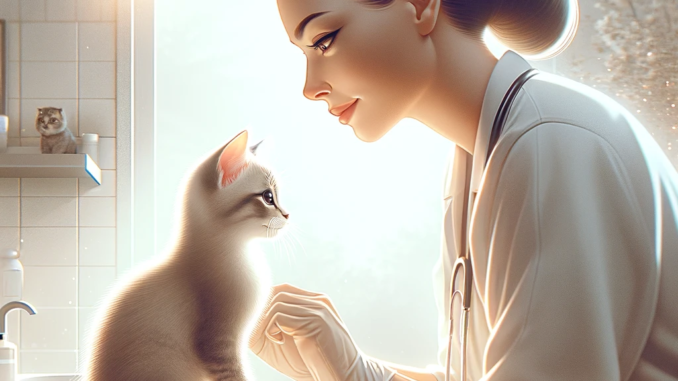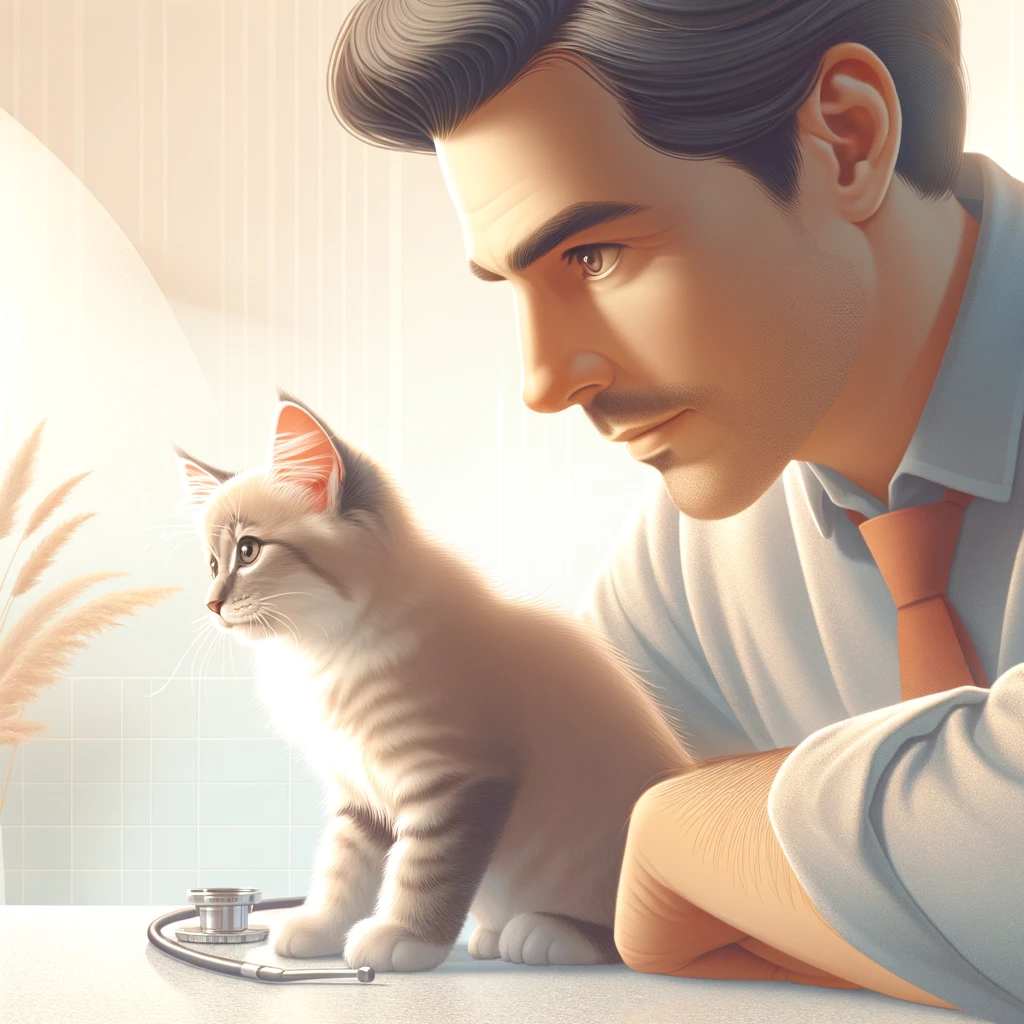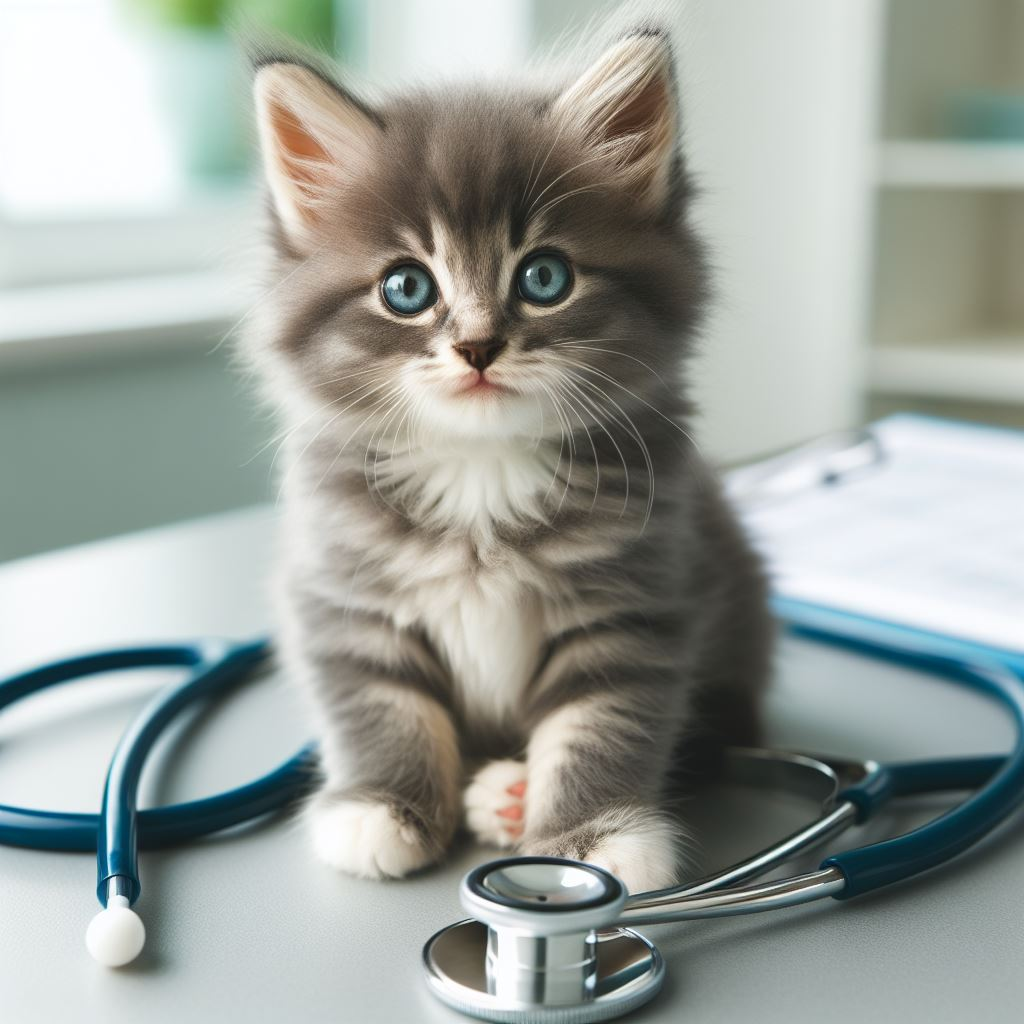
How Often Do Kittens Urinate?
Hey there fellow kitten parents! If you’ve recently welcomed an adorable ball of fur into your home, you’re probably wondering, “How often do kittens pee anyway?” I feel you. When my partner and I brought home our first kitten Leia, we had so many questions about everything from feeding times to poop schedules. And we quickly learned that kittens use the litter box a lot more than their full-grown feline counterparts!
In this beginner’s guide to kitten bathroom habits, we’ll dish out everything you need to know about how often kittens relieve themselves. From bladder control basics to recognizing potential health issues, consider this your crash course on kitten pee 101!
“Pardon Me, But How Often Do I Pee?” – Your Kitten

Let’s start with the question that’s on every new kitten owner’s mind: how often do kittens typically pee? Well, from my personal experience with little Leia, kittens seem to spend half their day toddling to the litter box! But to put an actual number on it, a healthy kitten will pee approximately 4-6 times per day. Their tiny bladders just can’t hold it for too long between visits.
However, kittens reach bladder maturity around 6-12 months old. So, as your kitten grows, you can expect the trips to the litter box to become less frequent. For example, by the time Leia hit the one-year mark, she was peeing just 3 times a day on average. And adult cats generally only need to relieve themselves 2-4 times daily.
Making Sense of Your Kitten’s Pee Schedule
While every kitten’s personality is unique, most tend to follow a predictable pee schedule in those early months. Have you picked up on your kitten’s favorite potty times yet? For Leia, she was always bounding to the litter box first thing in the morning, right before dinnertime, and before bedtime. Those seemed to be her go-to bathroom break windows.
But at the same time, there are a number of factors that influence a kitten’s need to pee including:
- Age: Like human babies, young kittens have teeny tiny bladders! So they can only hold their pee for an hour or two max before needing to go again.
- Hydration: If your kitten is gulping down water after playtime or mealtimes, chances are you’re in for an active per day. The more they drink, the more they pee.
- Diet: Wet food has a higher water content than dry kibble. So, a primarily wet food diet may correspond to more frequent kitten pee breaks.
- Activity Levels: A hyperactive kitten that zooms around nonstop may need to refuel with water and expel waste more often than a mellower fellow.
So, while every cat’s bathroom behaviors are different, their age, food and water intake, and activity levels all work together to paint a picture of what’s “normal” for them.
When Should I Worry About My Kitten’s Pee Patterns?
“Wait a minute,” you might be saying, “how do I know if my kitten is peeing too often or not enough?” Excellent question! Here are some red flags to watch out for:
- Sudden Changes: If the kitty has consistently peed 3 times a day and is now visiting the litter box 6+ times daily, something may be up. Vice versa for decreased pee breaks.
- Accidents: A reliably litter-trained kitten that starts randomly peeing outside the box could indicate a medical issue like a UTI.
- Discomfort: Crying or signs of pain before, during, or after peeing typically merits a vet visit to check for UTI or inflammation.
- Appearance Changes: If you notice any significant changes in urine volume, color, smell, or consistency, you better touch base with your vet just to be safe.
For Leia, I knew she had a UTI when I noticed she was visiting the litter box more than usual. And she’d sprint out of there as fast as she could when she was done. The poor girl was clearly uncomfortable. Thank goodness for pet insurance! After a quick vet visit she was back to her old self.
Setting Up Litter Box Success
While kittens may take to using the litter box instinctively, creating the ideal potty zone for them is still important. Make sure to place litter boxes in accessible but low-traffic areas to avoid unwanted disruptions mid-pee!
And just like we prefer clean restrooms, kittens appreciate tidy litter boxes. I try to scoop Leia’s box once per day and fully change out the litter every week. She’s never had an accident, so I think staying on top of cleanup duty helps reinforce her litter box training.
Accommodating kittens’ tiny size is key too. Choose a litter box that allows them to easily climb inside but still move around. They should be able to spin in a circle and squat comfortably. Start with a shallow box and transition to a bigger one as they grow. And pro tip – get ready to buy even bigger litter boxes if you adopt larger cat breeds!
The Takeaway on Kittens’ Bathroom Habits
Well, there you have it – the complete scoop on everything you need to know about kittens’ pee schedules and potty training success. To quickly recap:
- Kittens pee pretty frequently, about 4-6 times daily on average
- Watch for sudden changes in pee patterns, accidents outside the litter box, discomfort, or unusual urine appearance
- Set up an easily accessible, regularly cleaned litter box setup suited to your kitten’s size
By understanding what’s normal for your kitten when it comes to nature’s call, you’ll be on your way to litter box harmony! I hope this beginner’s guide to kittens’ bathroom habits takes some mystery out of potty training your fur baby. Let me know if you have any other kitten questions – I could talk cat care all day long 🙂 Thanks for reading!


Leave a Reply